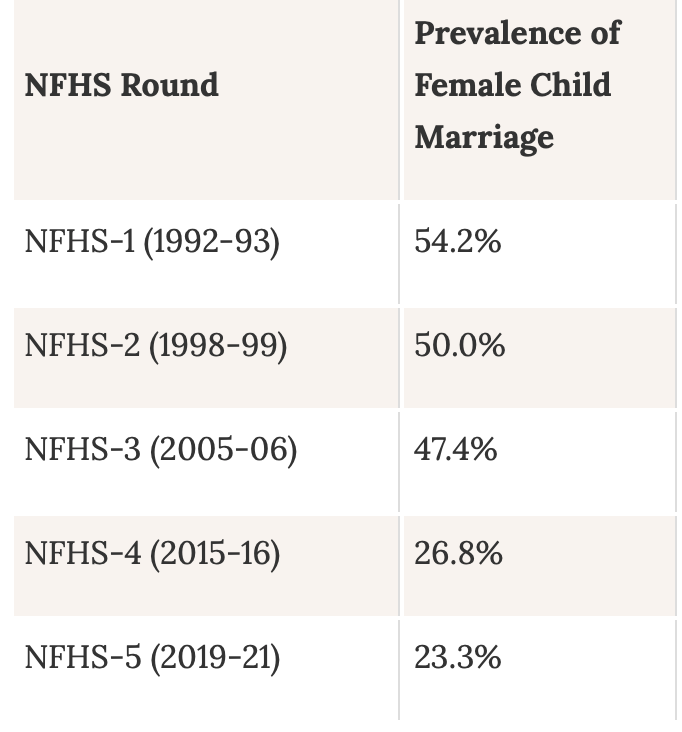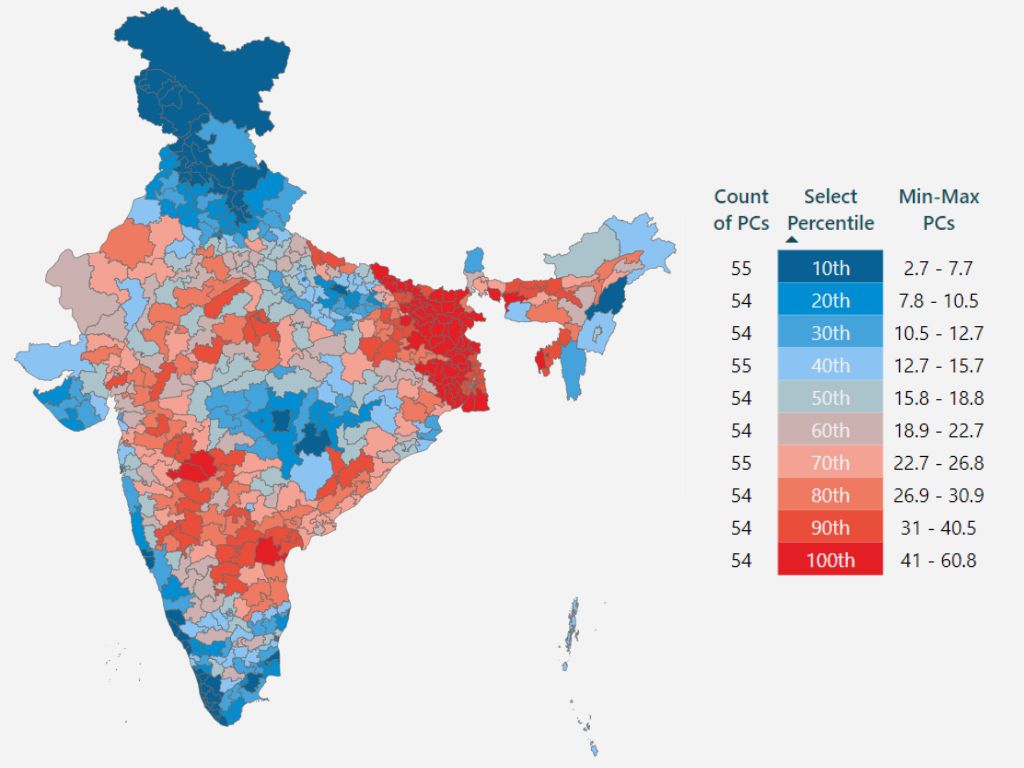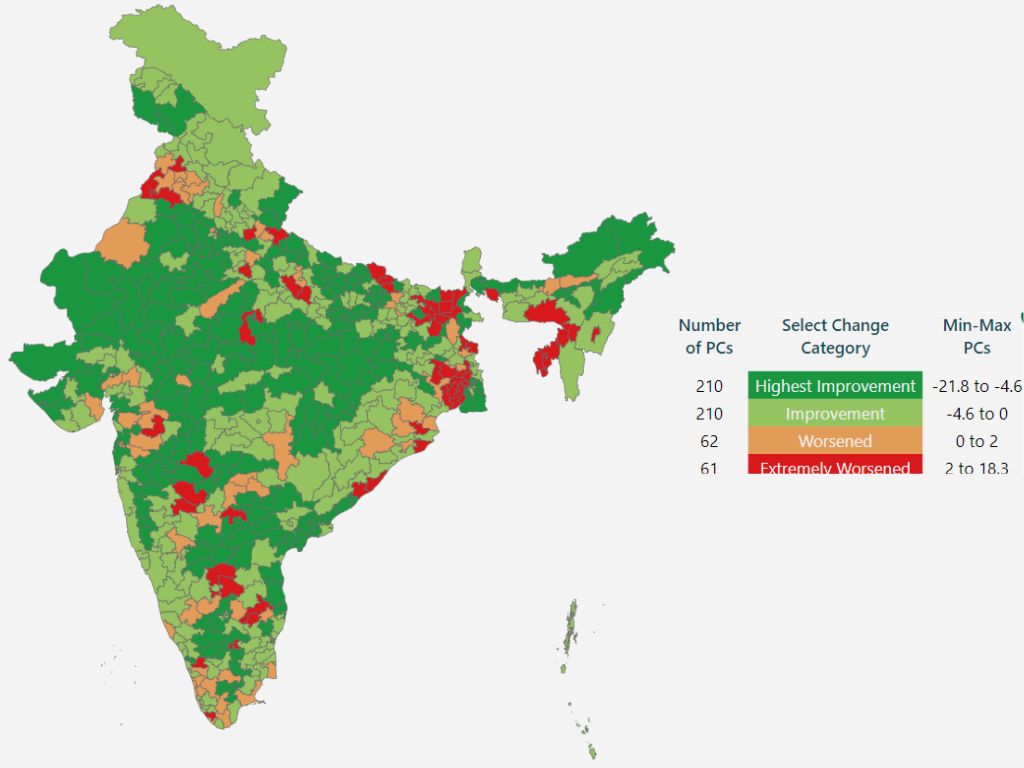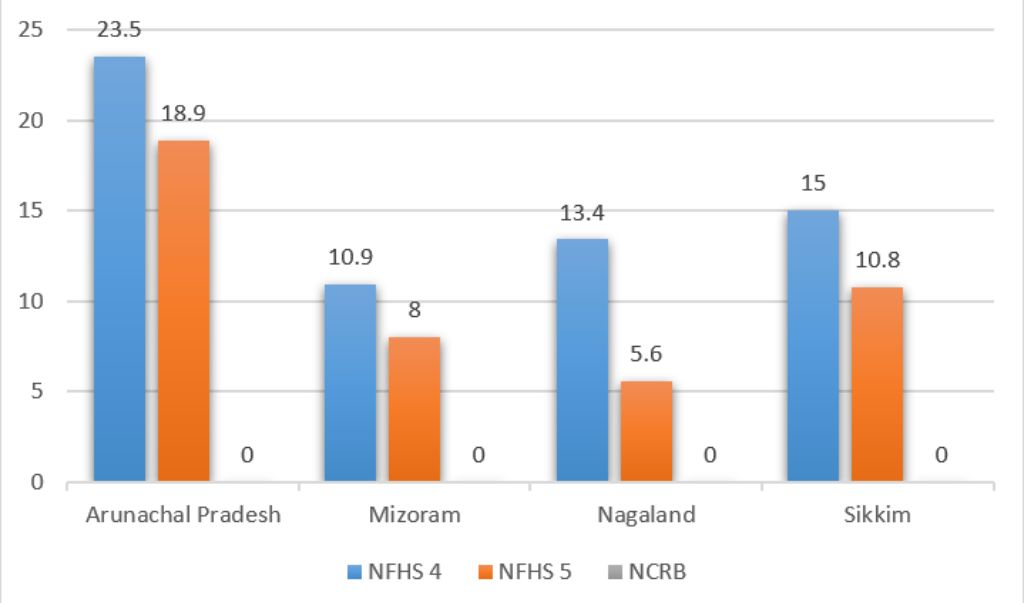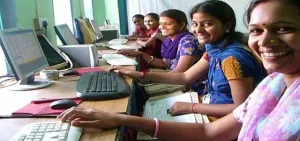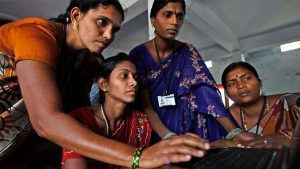[Readmelater]
A data story on female child marriage in India
The authors use a novel dataset based on NFHS-5 to present data highlights on child marriage in parliamentary constituencies across India. They trace the prevalence of female child marriage and the extent to which the situation has improved in c

Photo credit: United Nations
Support BehanBox
We believe everyone deserves equal access to accurate news. Support from our readers enables us to keep our journalism open and free for everyone, all over the world.
